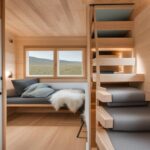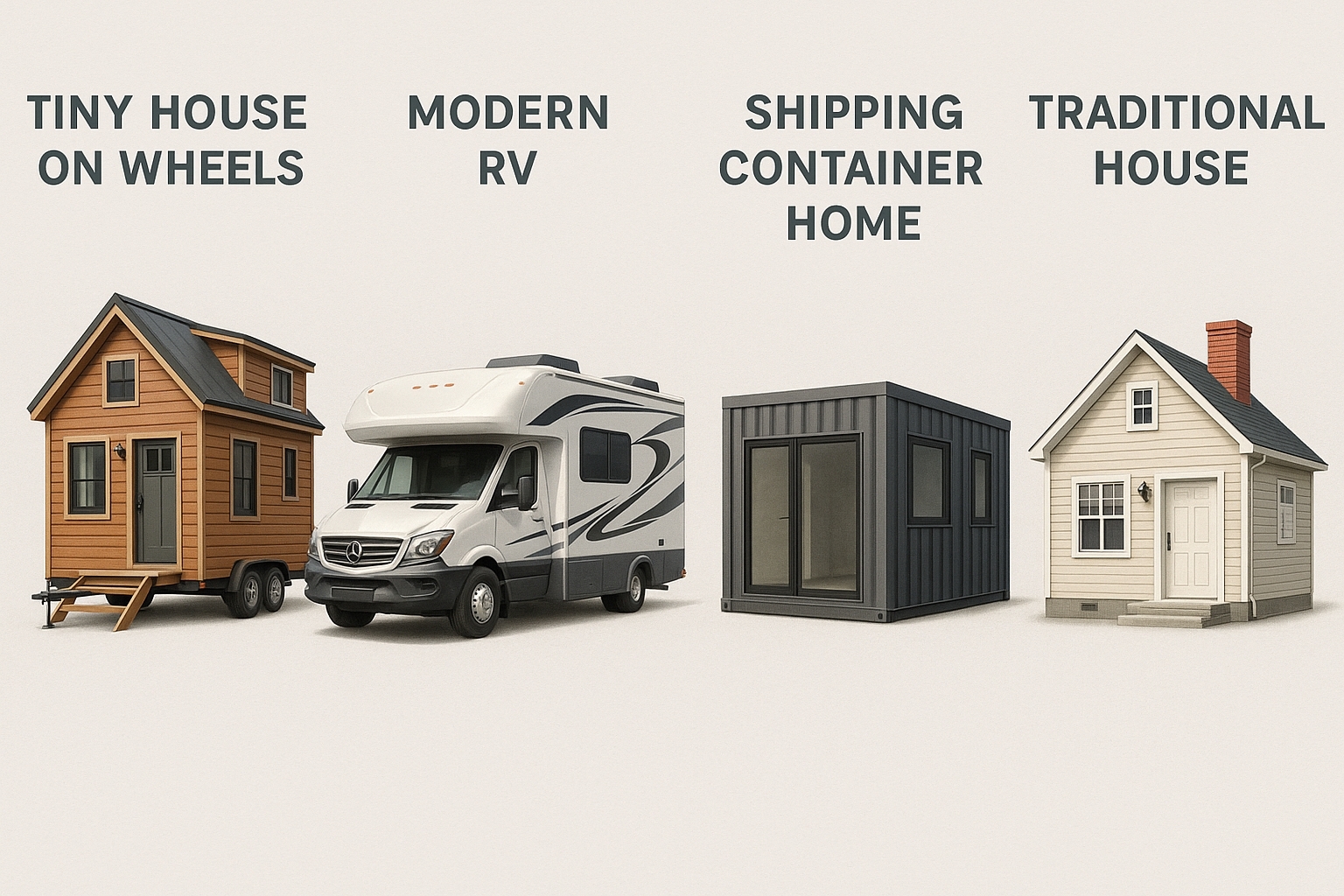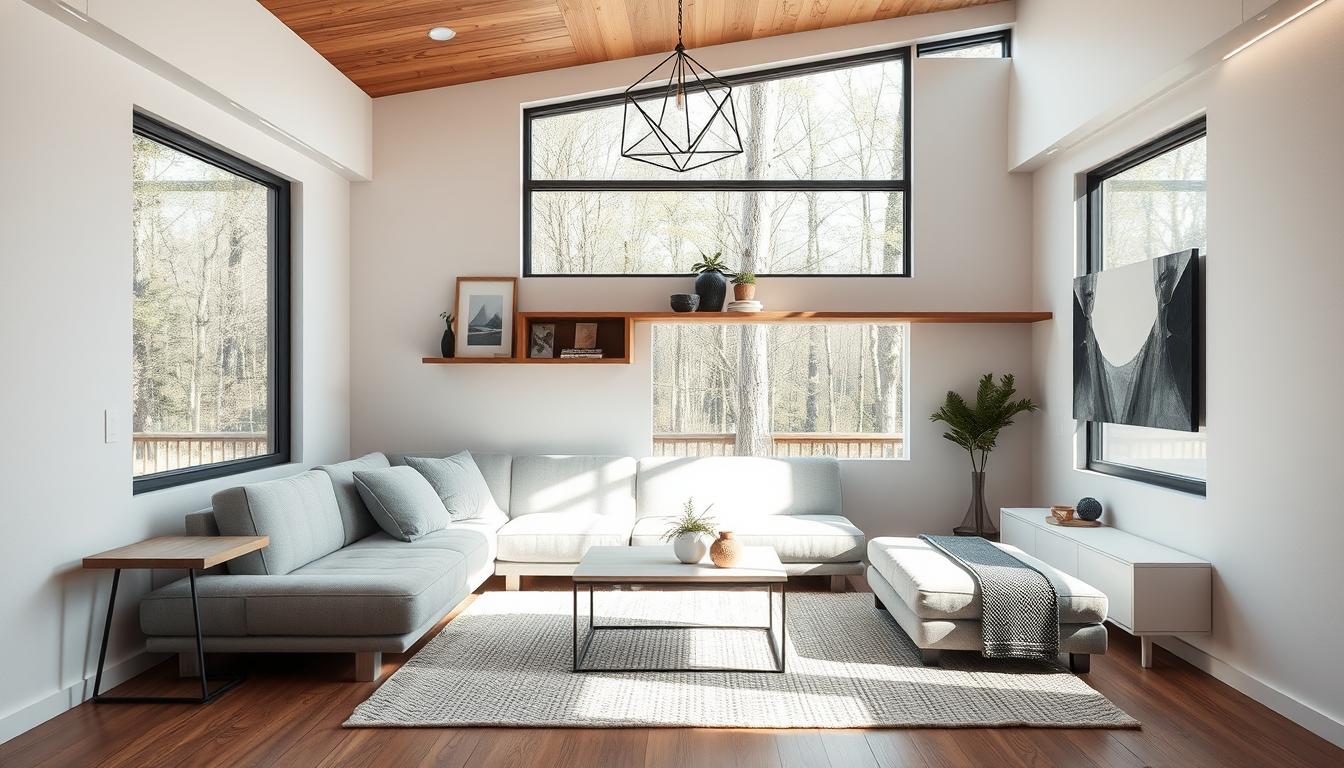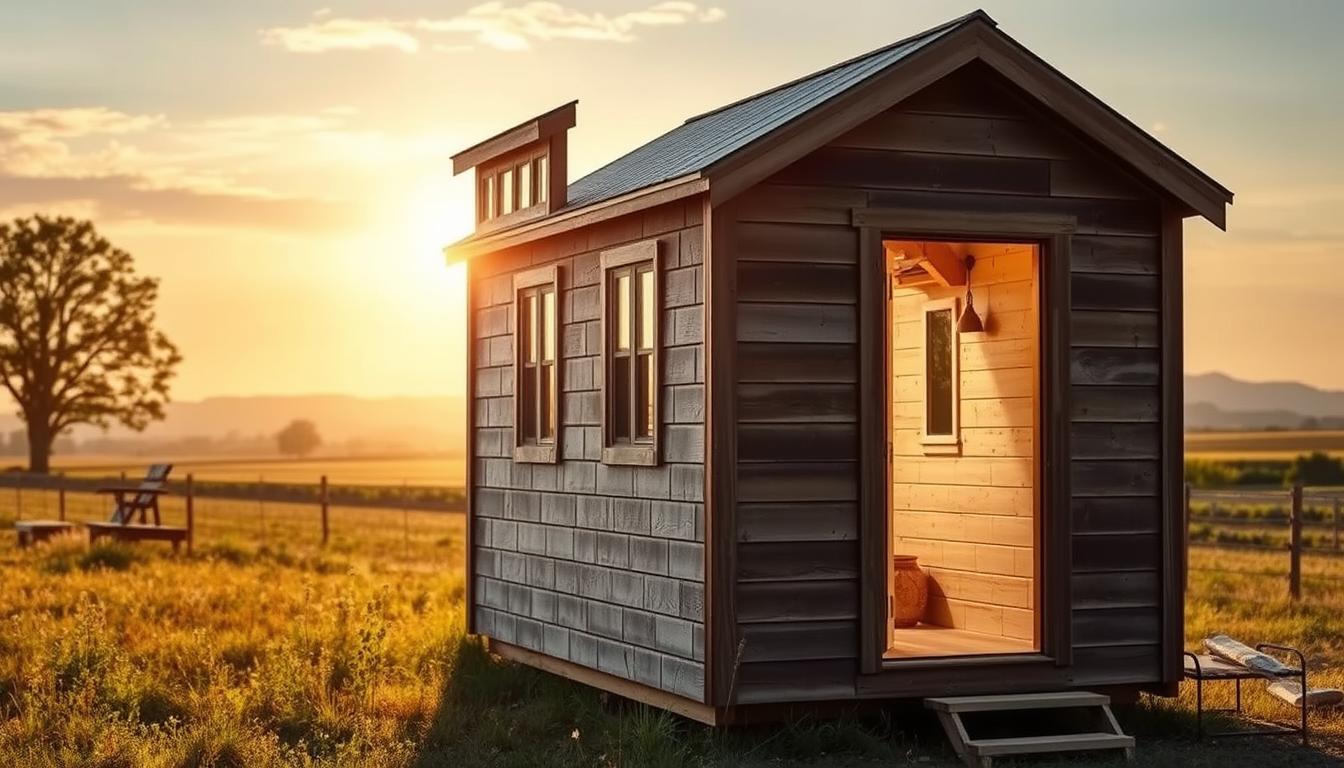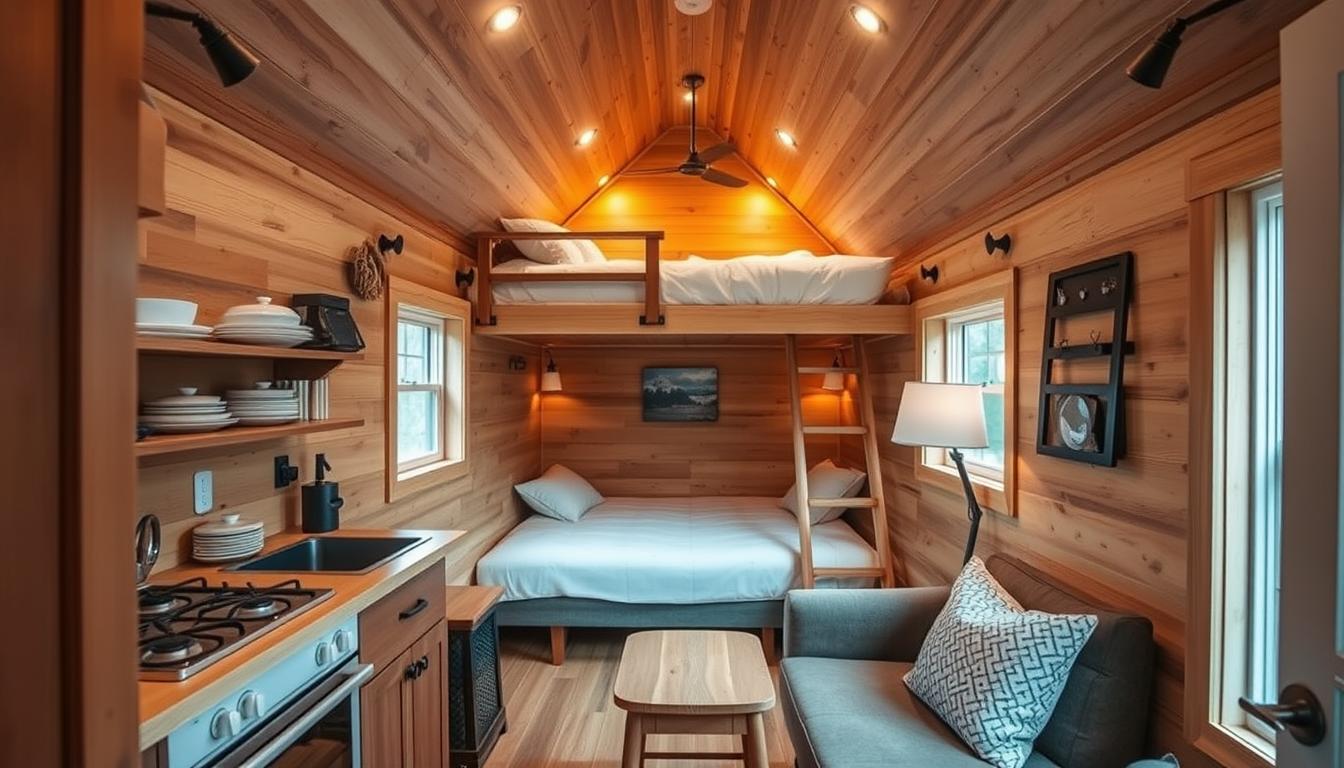Are you considering building a tiny house? Tiny house plans are the blueprint or design that outlines the layout, structure, and materials needed to build a tiny house. It can be customized to suit the unique needs and preferences of the homeowner. In this article, we will explore the benefits of living in a tiny house, considerations for tiny house plans, types of plans available, and everything you need to know to design, build, and live in your dream tiny house.
What are Tiny House Plans?
A tiny house is a home that is typically smaller than 400 square feet. Tiny house plans are essential to create a functional and comfortable living space. It ensures that space is maximized, and every inch of the home is utilized efficiently. Tiny house plans also ensure that the home is structurally sound and complies with building codes and regulations.
The tiny house movement gained popularity in the early 2000s due to the housing crisis and the desire for a simpler lifestyle, leading to an increase in demand for tiny houses. Today, tiny houses are a popular choice for those looking to downsize, live a more sustainable lifestyle, or travel the country.
Tiny House Plans: Design and Build Your Dream Micro Home
- Tiny houses offer affordability, sustainability, and a minimalistic lifestyle.
- Considerations for tiny house plans include size and space limitations, building codes and regulations, budget and financing, design and style preferences, and choosing the right location.
- Types of tiny house plans include DIY plans, pre-made plans, and custom plans.
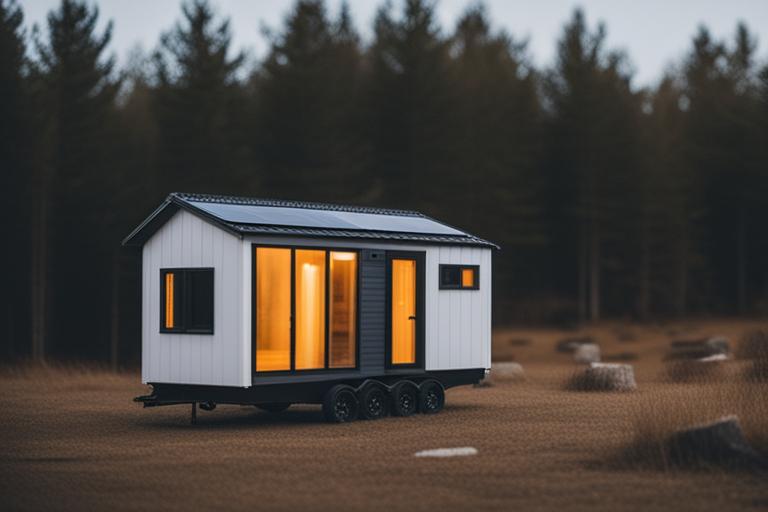
Benefits of Living in a Tiny House
Affordability
One of the most significant benefits of living in a tiny house is affordability. Tiny houses are much cheaper to build and maintain than traditional homes. The cost of a tiny house can vary depending on the size, materials used, and location. However, on average, a tiny house can cost between $20,000 and $100,000, which is significantly less than the cost of a traditional home.
Sustainability
Tiny houses are also an environmentally sustainable option. They require fewer resources to build and maintain, and their small size means they consume less energy and produce fewer emissions. Additionally, many tiny houses incorporate eco-friendly features, such as solar panels, composting toilets, and rainwater harvesting systems.
Minimalistic Lifestyle
Living in a tiny house also means embracing a minimalistic lifestyle. With limited space, you are forced to prioritize what is essential and let go of unnecessary possessions. This can lead to a simpler, more fulfilling life with less clutter and stress.
Mobility
Another advantage of a tiny house is that it is mobile. It is possible to build a tiny house on wheels, making it easy to move from one location to another. This feature is especially useful for those who love to travel or want to move frequently.
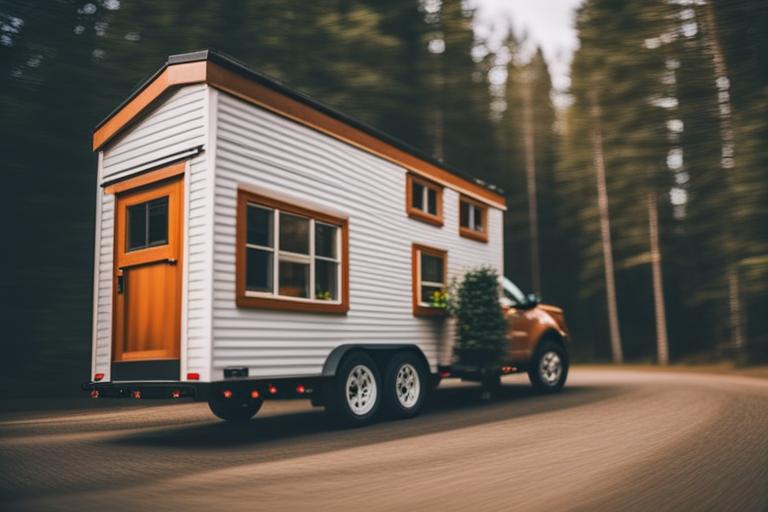
Considerations for Tiny House Plans
Size and Space Limitations
When designing a tiny house, size and space limitations are the most significant considerations. You must decide how much space you need and how you will utilize that space efficiently. This requires careful planning and consideration of your lifestyle, needs, and preferences.
Building Codes and Regulations
Another important consideration is building codes and regulations. It is essential to research local building codes and regulations before designing your tiny house to ensure that it complies with all requirements.
Budget and Financing
Budget and financing are also critical considerations. Tiny houses can be significantly cheaper than traditional homes, but they still require an investment. You must consider the cost of materials, labor, and any necessary permits or inspections. Financing options for tiny houses may be limited, so it is essential to research all available options.
Design and Style Preferences
Tiny houses come in many different styles and designs, from rustic cabins to modern, minimalist homes. It is essential to consider your design and style preferences when choosing a tiny house plan.
Choosing the Right Location
Choosing the right location for your tiny house is also crucial. You must consider zoning laws, access to utilities, and the overall safety and livability of the area.
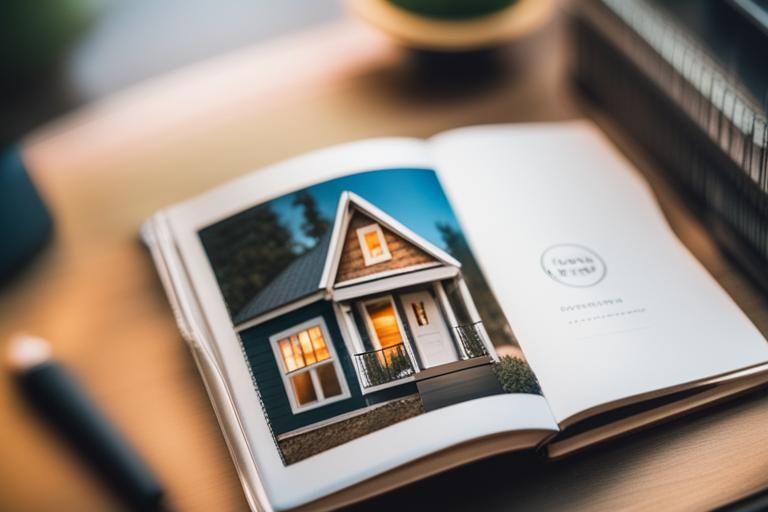
Types of Tiny House Plans
DIY Plans
DIY plans are a popular choice for those who want to save money and have the skills to build their tiny house. DIY plans can be found online or in books and magazines and can be customized to meet your unique needs.
Pre-Made Plans
Pre-made plans are another option for those looking to build a tiny house. These plans are often created by architects and builders and can be purchased online or through a tiny house company.
Custom Plans
Custom plans are the most flexible option for those who want to design a tiny house from scratch. Custom plans can be created by an architect or designer and tailored to your specific needs and preferences.
| Type of Plan | Description | Pros | Cons |
|---|---|---|---|
| DIY Plans | Plans that are created by the homeowner | Customizable, cost-effective | May not comply with building codes and regulations |
| Pre-Made Plans | Plans that are created by architects and builders | Structurally sound, available for purchase | Limited customization options |
| Custom Plans | Plans that are created by an architect or designer | Tailored to specific needs and preferences | Expensive |
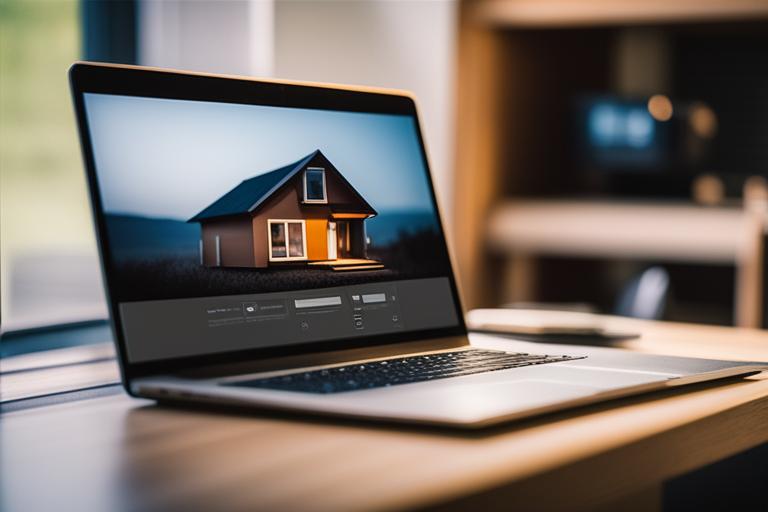
Finding Tiny House Plans
Online Resources
Online resources, such as tiny house blogs, forums, and websites, are a great place to start when looking for tiny house plans. These resources often offer a wide variety of plans and advice from experienced tiny house builders and designers.
Tiny House Builders and Architects
Tiny house builders and architects are also an excellent resource for finding plans. They can offer customized plans or pre-made plans and can provide advice and guidance throughout the building process.
Books and Magazines
Books and magazines are another great resource for finding tiny house plans. Many books and magazines offer a variety of plans and design ideas and can provide inspiration for designing your dream tiny house.
Reviewing and Selecting Tiny House Plans
When reviewing tiny house plans, it is essential to analyze the layout, size, and features of the home. You must ensure that the plan meets your needs and preferences and that it is structurally sound and complies with building codes and regulations. Customization options are also essential when selecting a tiny house plan. You must consider how much flexibility the plan allows for customization and whether it can be tailored to meet your unique needs. Finally, it is essential to compare prices and features when selecting a tiny house plan. You must consider the cost of the plan, any additional expenses, and the features that are included.
Case Study: The Johnsons’ Tiny House Journey
The Johnsons had dreamed of owning a home for years, but the high cost of living in the city made it impossible for them to afford a traditional house. After researching alternative options, they stumbled upon tiny house plans and decided to take the plunge.
They spent months researching and reviewing different plans before settling on a custom plan that fit their unique needs. They wanted a small but functional home that could accommodate their family of four and their two dogs, with a focus on sustainability and energy efficiency.
Designing and building their tiny house was not without its challenges. They had to navigate building codes and regulations, and they had to be creative with space-saving solutions to make the most of their limited square footage. But with determination and the help of a skilled contractor, they were able to build their dream home.
Now, after living in their tiny house for two years, the Johnsons couldn’t be happier with their decision. They have significantly reduced their living expenses, and they enjoy a simpler, more intentional lifestyle. They have also been able to travel more frequently, taking their tiny house on the road and exploring new destinations.
Their advice to anyone considering tiny house plans is to do their research, carefully consider their needs and lifestyle, and to not be afraid to ask for help along the way. They believe that tiny houses are an excellent option for anyone looking to simplify their life and reduce their environmental footprint.
Designing Your Tiny House
Choosing the right layout is crucial for creating a functional and comfortable tiny house. You must consider how you will use the space and ensure that the layout maximizes space and allows for privacy and functionality. Maximizing space is also essential when designing a tiny house. This requires creative thinking and the use of space-saving features, such as built-in storage, multi-functional furniture, and loft spaces.
Selecting materials is another important consideration when designing a tiny house. You must choose materials that are lightweight, durable, and cost-effective and that meet building codes and regulations. Incorporating energy-efficient features is also essential for creating a sustainable and cost-effective tiny house. This can include features such as solar panels, rainwater harvesting systems, and energy-efficient appliances.
Building Your Tiny House
Building a tiny house requires specific tools and equipment, such as saws, drills, and hammers. It is essential to research what tools and equipment you will need before starting the building process. Building a tiny house can be challenging, but it is also a rewarding experience. It is essential to have a plan, take your time, and seek advice and guidance from experienced builders. There are several common mistakes to avoid when building a tiny house, such as failing to account for weight distribution, not insulating the home properly, and overlooking necessary safety features.
Decorating and Furnishing Your Tiny House
Space-saving furniture is essential for maximizing space in a tiny house. This can include furniture such as fold-down tables, wall-mounted desks, and multi-functional seating. Storage solutions are also crucial for keeping your tiny house organized and clutter-free. This can include built-in storage, floating shelves, and under-bed storage. Choosing the right decor is essential for creating a comfortable and personalized living space. You must consider your design preferences and choose decor that is functional, stylish, and space-saving.
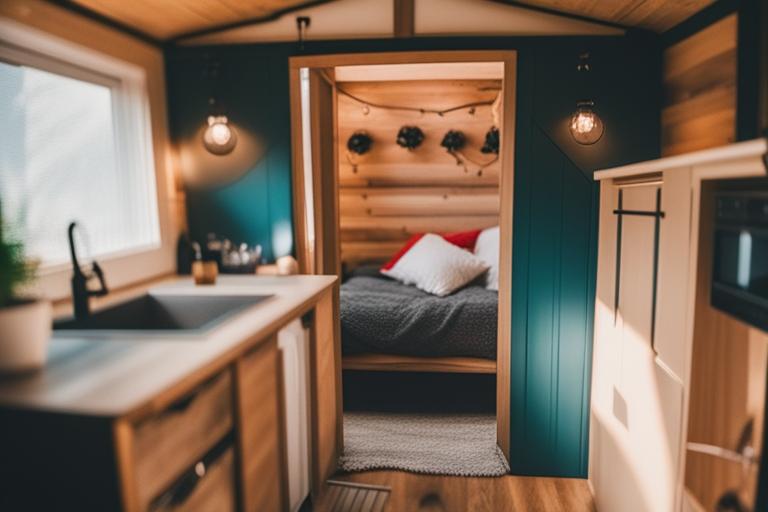
Living in Your Tiny House
Adjusting to tiny house living can be a significant change, but it can also be a rewarding experience. It is essential to embrace the minimalistic lifestyle, prioritize what is essential, and let go of unnecessary possessions. Maintaining your tiny house is also crucial for ensuring that it remains functional and comfortable. This includes regular cleaning, maintenance of appliances and systems, and conducting necessary repairs. Living in a tiny house can come with its challenges, such as limited space, privacy concerns, and zoning regulations. It is essential to research and prepare for these challenges and seek advice and guidance from experienced tiny house builders.
The Future of Tiny House Plans
The tiny house movement is continually evolving, and there are many exciting trends and developments in tiny house plans. These include eco-friendly features, multi-functional spaces, and innovative building materials. Tiny houses play an essential role in sustainable living, as they require fewer resources to build and maintain and consume less energy and produce fewer emissions.
In conclusion, tiny house plans offer many benefits, from affordability to sustainability and a minimalistic lifestyle. Designing, building, and living in a tiny house requires careful planning and consideration. By following the tips and advice in this article, you can design, build, and live in your dream tiny house. Remember to choose a plan that meets your needs and preferences, consider zoning laws and building codes, and seek advice and guidance from experienced builders and designers. With the right plan and a little creativity, you can create a functional, comfortable, and sustainable tiny house that meets your unique needs and preferences.
The author of “Tiny House Plans: Design and Build Your Dream Micro Home” has spent many years working in the construction and architecture industry. With a degree in architecture and a specialization in sustainable design, the author has a deep understanding of the principles of eco-friendly building and how to integrate them into small-scale projects.
Furthermore, the author has conducted extensive research on the benefits of tiny homes, including their affordability and minimalistic lifestyle, citing studies from the National Association of Home Builders and the Tiny House Society. The author has also worked closely with tiny house builders and architects, gaining valuable insight into the challenges and considerations involved in designing and building a tiny home.
As a result, the author is well-equipped to guide readers through the process of designing and building their dream tiny home, from choosing the right plans to decorating and furnishing the space. With a passion for sustainable living and a commitment to helping others achieve their goals, the author’s expertise and experience make “Tiny House Plans: Design and Build Your Dream Micro Home” a valuable resource for anyone interested in the tiny house movement.
